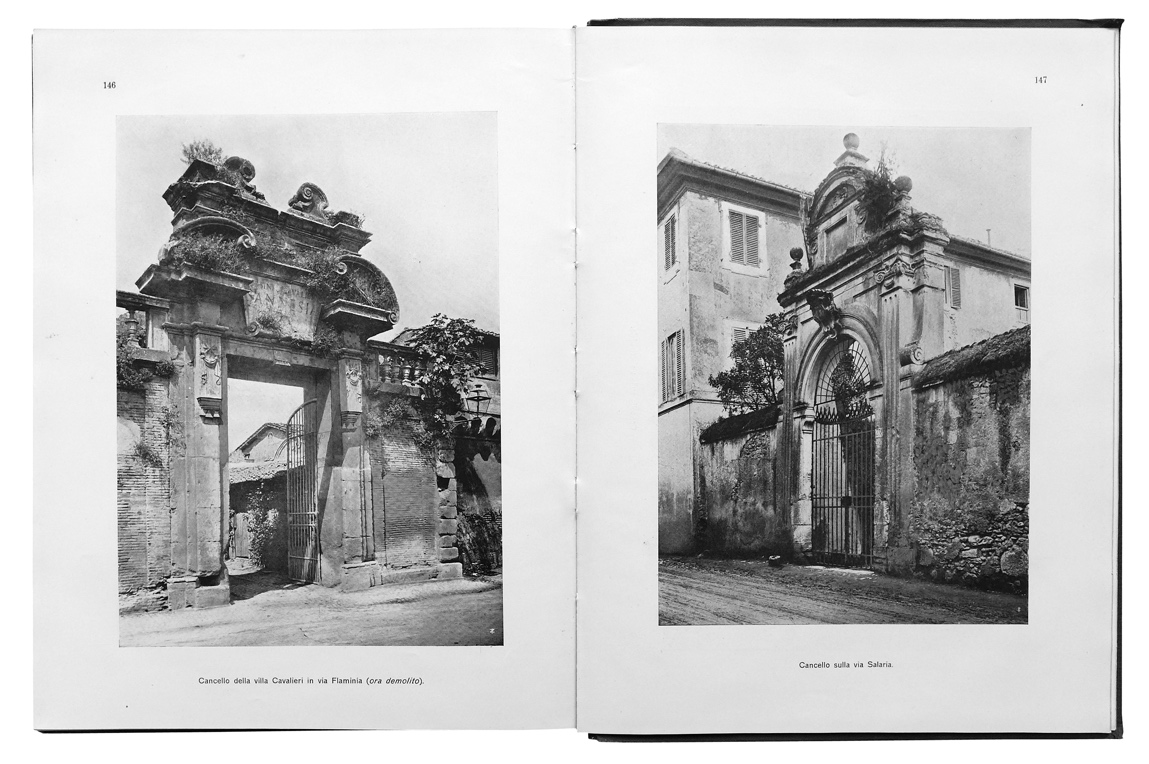Die Wiederentdeckung der italienischen Bau- und Gartenkunst. Maria Pasolinis Beitrag zur Städtebautheorie in Italien nach der Jahrhundertwende
Katrin Albrecht

Abstract
With her long-standing commitment to the Roman Associazione Artistica fra i Cultori di Architettura and her work "Il giardino italiano" published in 1915 – the first book in Italy dedicated to Italian villa and garden art – the Contessa Maria Pasolini Ponti was substantially involved in the urban planning discourse of the early 20th century. She vigorously contributed to the expansion and dissemination of knowledge in this field, thus promoting the awareness of the specific, national building culture, a fact which she considered urgently needed. In addition, she used the opportunities given by her privileged position as the daughter of a wealthy Milanese business family, as the wife of a respected, aristocratic senator, as a lady of the manor and as an educated woman, to actively work for the good of society - and in the interest of national unity - for better living and working conditions for agricultural workers, for better educational opportunities for women and for their equal rights.
Albrecht, K. “Die Wiederentdeckung der italienischen Bau- und Gartenkunst. Maria Pasolinis Beitrag zur Städtebautheorie in Italien nach der Jahrhundertwende.” In Frauen blicken auf die Stadt. Architektinnen, Planerinnen, Reformerinnen. Theoretikerinnen des Städtebaus II, edited by K. Frey and E. Perotti, 59–96. Berlin: Reimer, 2019.



